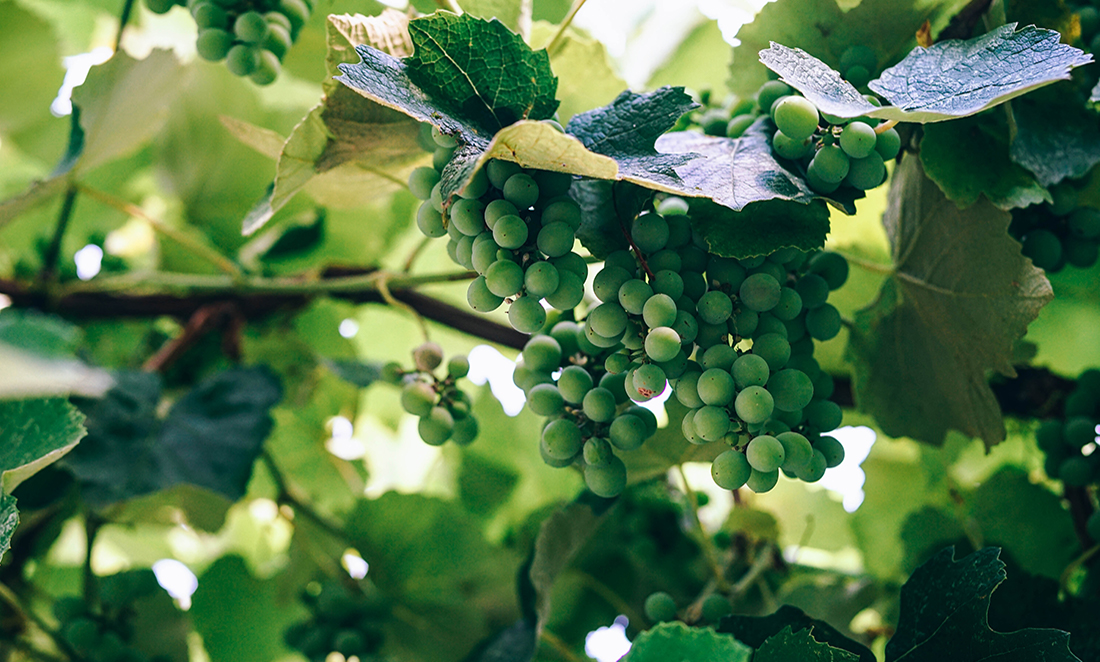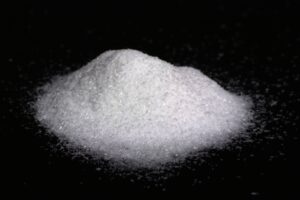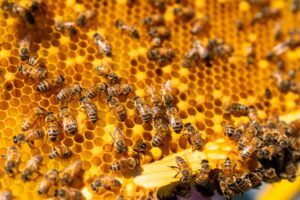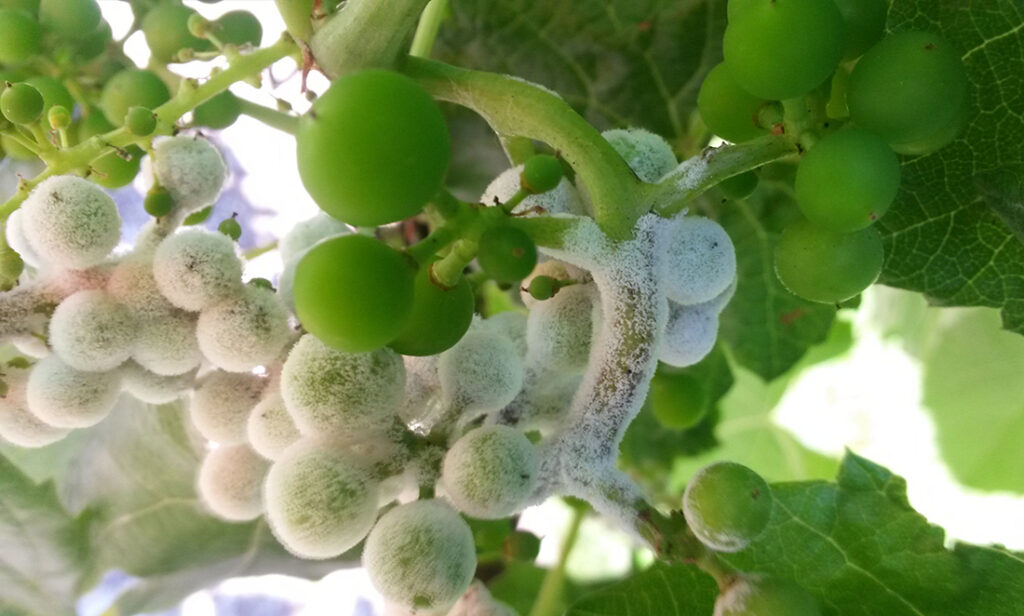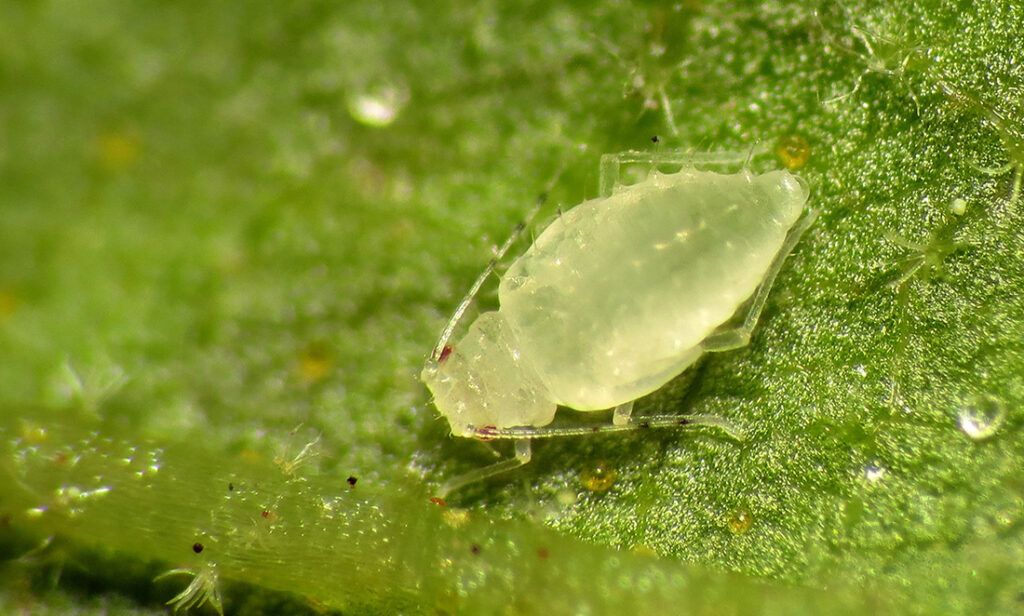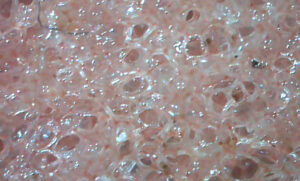For over 300 years, grapevines have remained pretty much the same.
Some might say this is because the grapes (and the drink derived from their fermentation) are near damn perfect. The reality is, however, that change has just been too difficult.
Unfortunately, while vines have stayed the same, their world has not. Diseases have spread, climates have changed and we’ve altered the chemistry of their environment.
But now a $37 million investment between Wine Australia and CSIRO will give our wines an upgrade. Several research projects will develop the next generation of wine grapes, ensuring that we remain a major competitor in the global winescape. But first, here’s a taster of wine history …
WINE THROUGH TIME
Though France may be the spiritual home of wine, the birthplace of the beverage as we know it is a little to the east.
Thousands of years ago, one lucky grapevine was shipped over to Europe. Its careful breeding—cultivating plants that produced the best grapes for wine—has led to the vines we see in vineyards everywhere.
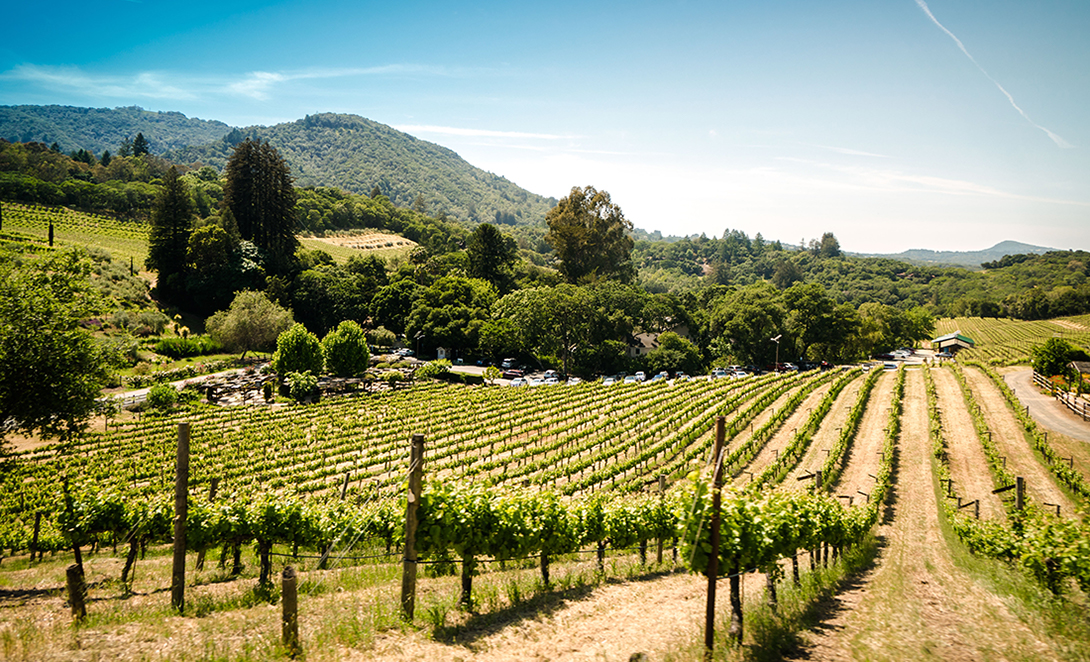
But Dr Ian Dry, group leader of the new CSIRO research projects, says, “Unfortunately, the environment that grapes were bred in hundreds of years ago in Europe didn’t pose the same challenges that grape growers face today.”
In the 1800s, trade between America and Europe began to grow. But along with profitable business came the most devastating pathogens know to grapekind. Powdery mildew and downy mildew, and the aphid-esque phylloxera bug found their way into European vines and began to wreak havoc.
Powdery and downy mildew pierced through the cell walls of leaves with long tubular suckers to feed, reducing the quality and yield of wine. Below ground, the phylloxera bugs attacked vine roots and massacred vineyards across the continent.
CHOP AND CHANGE AND MIX AND MATCH
The French are justly proud and jealously protective of their rich wine heritage. In spite of this, grape growers realised they would have to unite their elite European species with the hardy native vines of America. (The Disney movie almost writes itself …)
The wild American grapes had been growing alongside phylloxera for thousands of years, and their roots had developed a resistance to the bug. Unfortunately, their grapes produced wine of inferior quality, so the grape growers simply cut off the shoots of a European plant and stuck them on American roots that had had it’s shoots removed. ‘Stuck’ is used in a most literal sense here—plant grafting uses tape to hold the parts of plant together.
Like human skin repairing a wound, the two plant parts knitted themselves together. The resultant vine still grew great wine grapes but now it also had phylloxera-resistant roots.
It seems a simple fix, but their problems weren’t completely solved. The top half of these plants were still susceptible to mildews, meaning they would still have to be sprayed with chemicals.
This is essentially the same way that viticulturists grow their vines today. This means the genes of the plant making the wine you’re drinking today are the same as the plants that were producing wine 300 years ago. This also means we’ve been dousing our vineyards with chemicals the entire time. Unfortunately, we’re only now beginning to understand the consequences.
CHEMICAL COST
The financial and environmental cost of spraying vines is humongous.
In Europe in 2002, grapes accounted for only 8% of total crop area but 70% of all fungicides used.
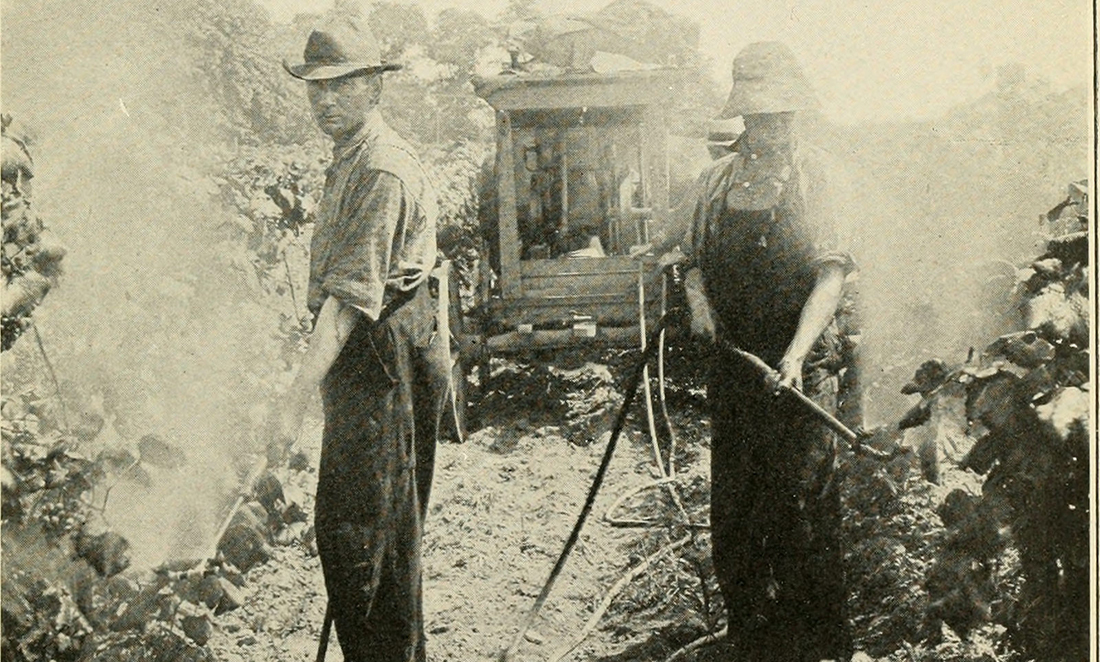
In Australia, growers start spraying vines as soon as new leaves begin to burst. They’ll continue to spray every 10 to 14 days right up until harvest many months later.
The chemicals themselves are expensive in such high quantities. Then there is the cost of running tractors to disperse the spray—and of course, the expensive carbon footprint to go with.
But these costs are nothing compared to the impact on human health. In France, legal action is under way after a winegrower died from cancer that stemmed from pesticide exposure. Other diseases have been linked to pesticides, including Alzheimer’s and Parkinson’s disease.
Even organic vineyards use potentially harmful chemicals to get rid of disease.
And the presence of agrichemicals doesn’t end at the vineyard.
A recent study published in the international journal Food Chemistry revealed that, in samples of 250 bottles of wine sourced from around the world, almost half of them contained at least 10 micrograms per litre of commonly used fungicides.
“The very high use of fungicides in wine grape production is something that most people are not aware of.”
Ian says, “The very high use of fungicides in wine grape production is something that most people are not aware of.” It is hoped that the new investment in research will lead to vines (and wines) that can be fungicide-free.
THE PROJECT
A major part of this new Wine Australia-CSIRO joint project will go towards genetic improvement of vines, roots and all.
Above the soil, they’ll be developing new disease-resistant plant shoots that cannot be infected by either powdery or downy mildew.
In the same way bacteria evolve resistance to antibiotics, vine diseases can overcome resistant plants. But by breeding in multiple genes for fungus resistance, CSIRO is minimising the chances of this happening.
They are also working on the science of what makes wine taste great. Many of the flavours in wine come from chemical compounds made in the grape. The grassy flavour of some sauv blancs doesn’t come from winemakers fermenting their grapes with freshly mown lawn, right? CSIRO researchers believe that, if they can discover what genes code for each flavour, they’ll be able to manipulate grapes to give wine drinkers the perfect drop.

Below ground, the aim is to develop roots that are doubly resistant to phylloxera and other wormy pests. They’re also trying to make them more tolerant of stresses like drought and salinity.
Rather than genetically engineering plants, scientists are doing things the old-fashioned way.
Cross-breeding can be a long and expensive process, but new DNA technology is set to speed up the project. Normally, they’d have to wait years for the plants to grow and start fruiting. At this point, they’d find only half the plants will have incorporated the desired gene, meaning the other half were a waste of resources. Now scientists are able to analyse tissue samples of plant seedlings to determine if they’ve got the good genes.
WINE FOR THE FUTURE
This agreement between CSIRO and Wine Australia is set to future-proof our wine. Even in the face of spreading disease and changing climates, the Australian industry will remain sustainable.
After all, Australia already has a great history of developing revolutionary wine technologies.
Hopefully, this investment will lead to many more.


